SPACE — There is no stretch of the charm of Niagara Falls on Mars. Moreover, the magic that emanates from the walls of the Taj Mahal and Burj Khalifa. Forget about the Eiffel Tower and Machu Picchu. The red plains of Mars have something else in store for you, which is more mystical and alluring, yet mysterious.
Mars is a planet of stark contrasts, with massive volcanoes, deep canyons, and craters that don’t seem to hold running water. It will be a great cruising location for tourists in the future. That is all the more possible with the plans of a number of space agencies, notably NASA, to send human colonies on the Red Planet. The first step as early as 2030.
If that materialized, then anyone in the colony would return to being a ‘little baby’. Curious, seeing, feeling everything in the new world. Well, these are a number of destinations that Martians can visit in the future.
Olympus Mons
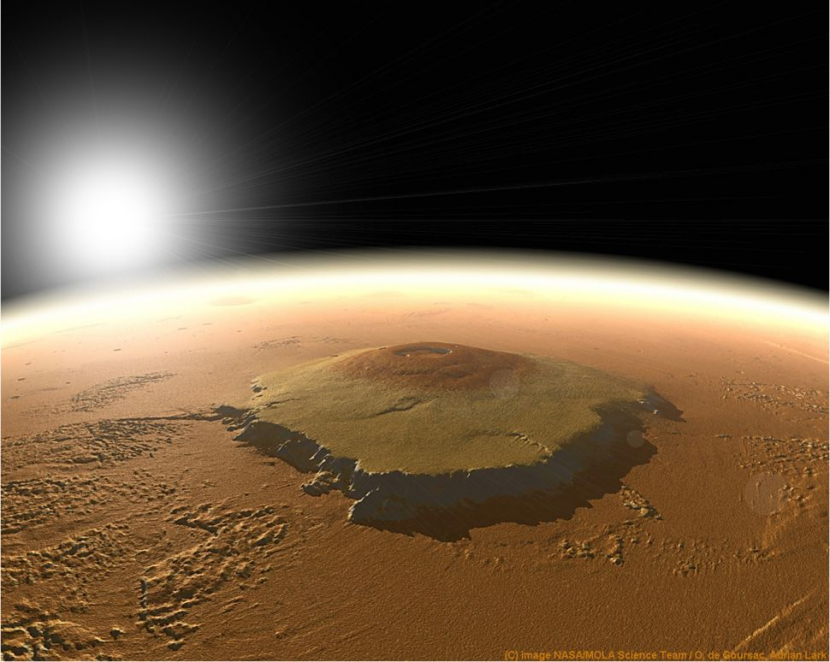
Olympus Mons is the most extreme volcano in the solar system. Located in the volcanic region of Tharsis, according to NASA, it is almost the same size as the state of Arizona. It is 25 kilometers high making it almost three times the height of Mount Everest on Earth, which is about 8.9 km high.
Olympus Mons is a giant shield volcano, formed from lava slowly creeping down its slopes. This means that the mountain may be easy for explorers to climb because the slope is only 5 percent on average. At its peak is a spectacular depression about 85 km wide, formed by a magma chamber that lost lava and collapsed.
Tharsis Volcano
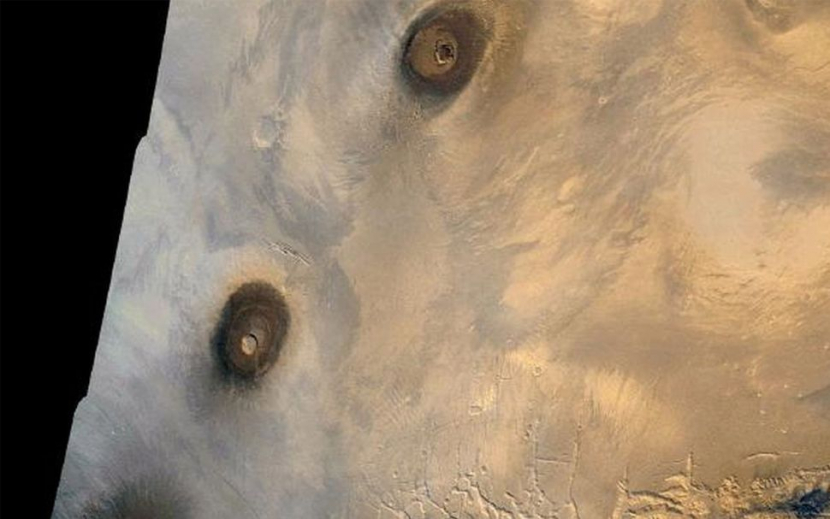
As you hike around Olympus Mons, it’s worth stopping by to check out some of the other volcanoes in the Tharsis region. According to NASA, Tharsis hosts 12 giant volcanoes in a zone roughly 4,000 km wide. Like Olympus Mons, these volcanoes tend to be much larger than those on Earth. Perhaps because Mars has a weaker gravitational pull that allows volcanoes to grow taller. This volcano has probably been erupting for two billion years, or half of Mars’ history.
The image here shows the eastern Tharsis region, as imaged by Viking 1 in 1980. On the left, from top to bottom, you can see three shield volcanoes about 25 km high: Ascraeus Mons, Pavonis Mons, and Arsia Mon. At the top right is another shield volcano called Tharsis Tholus.
Valles Marineris
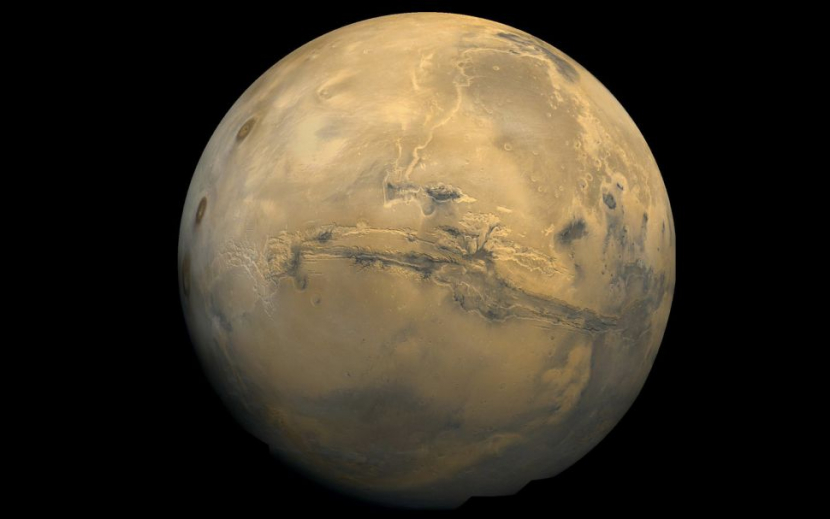
Mars not only hosts the largest volcanoes in the solar system, but also the largest canyons. According to NASA, Valles Marineris is about 3000 km long. It is about four times as long as the Grand Canyon, which is about 800 km long.
Researchers aren’t sure how Valles Marineris formed, but there are several theories about its formation. Many scientists suggest, when the Tharsis region formed, it contributed to the growth of Valles Marineris. Lava moving through volcanic areas pushes the crust up, which breaks the crust into fissures in other areas. Over time, this fault grew into Valles Marineris.
North and South Pole
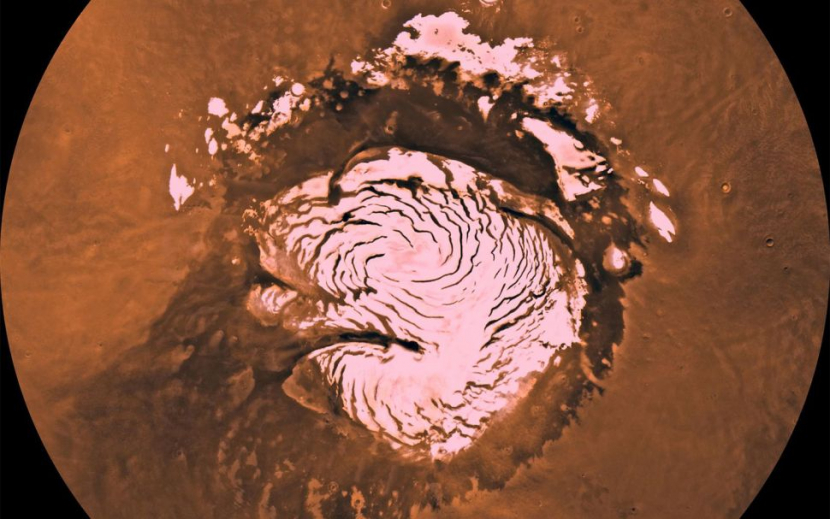
Mars has two regions of ice at its poles, with slightly different compositions; The north pole was studied up close by the Phoenix lander in 2008. The south pole observations were from the orbiter. During winter, according to NASA, temperatures near the north and south poles are so cold that carbon dioxide condenses from the atmosphere into ice, on the surface.
The process is reversed in summer, when carbon dioxide sublimates back into the atmosphere. Carbon dioxide completely disappeared in the Northern Hemisphere, leaving behind a water ice sheet. But some carbon dioxide ice remains in the southern atmosphere. All of this movement of ice has a major effect on the Martian climate, producing wind and other effects.
Gale Crater and Mount Sharp
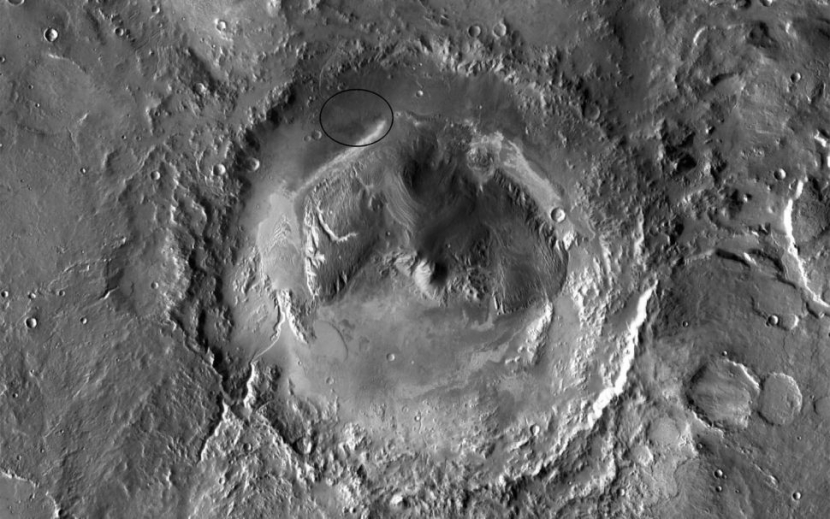
Both became famous for being the landing site of NASA’s rover Curiosity in 2012. Gale Crater is an area with a lot of evidence of the presence of water. Curiosity discovered the riverbed within weeks of landing, and found evidence of more extensive water along its journey across the crater’s surface. In 2018, Curiosity reached the summit of a nearby volcano called Mount Sharp (Aeolis Mons) and looked at the geological features in each stratum.
One of Curiosity’s more interesting findings is the complex organic molecules in the region. Today, the organic molecule is identified as a trace of ancient life. However, scientists still need additional data.
Rover also found concentrations of methane in the atmosphere that change during the seasons. Methane is an element that can be produced by microbes as well as a geological phenomenon so it remains unclear whether it is a sign of life.
Medusa
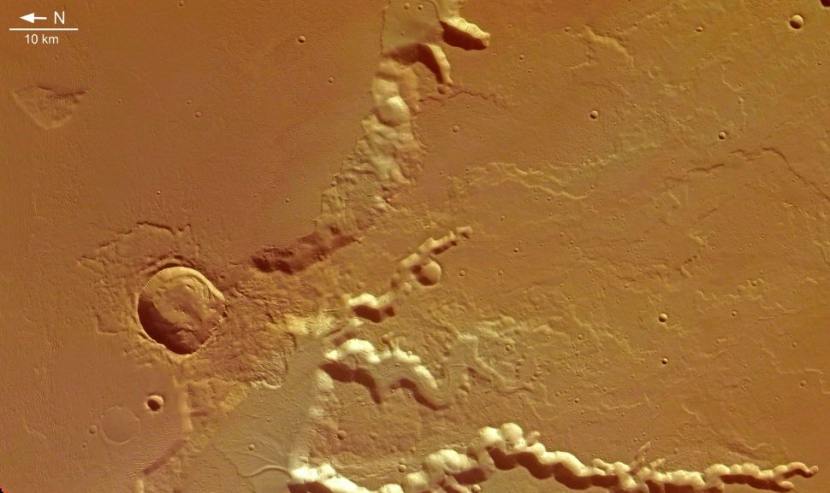
Medusae Fossae is one of the strangest locations on Mars, with some even speculating that it is evidence of some kind of UFO crash. A more likely explanation is a very large volcanic deposit, about one-fifth the size of the United States. Over time, the wind shapes the rocks into some beautiful formations.
But researchers will need more research to learn how these volcanoes formed the Medusae Fossae. A 2018 study suggests the formation may have formed from a very large volcanic eruption that occurred hundreds of times over 500 million years. This eruption will warm the Red Planet’s climate as greenhouse gases from the volcano drift into the atmosphere.
Recurring Slope Lines at Gale Crater
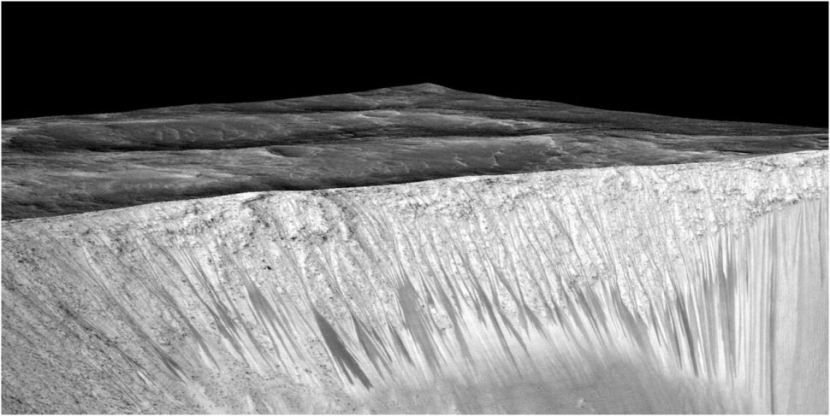
Mars has a strange feature called Recurring Slope Lineae (RSL) or repeated slope lines, which tend to form on the sides of steep craters during warm weather. It’s hard to know what RSL is. Images from Hale Crater show the points where spectroscopy picks up signs of hydration. In 2015, NASA initially announced that hydrated salt should be a sign of surface running water, but later research said RSL could form from atmospheric water or dry sand flows.
In reality, we may have to approach RSL to see what its true nature is like. But if the RSL does accommodate foreign microbes, it will be dangerous to get too close because contamination can occur. Future Martians may have to admire this mysterious feature from afar, using binoculars.
Sand dunes in Noctis Labyrinthus and the Hellas valley
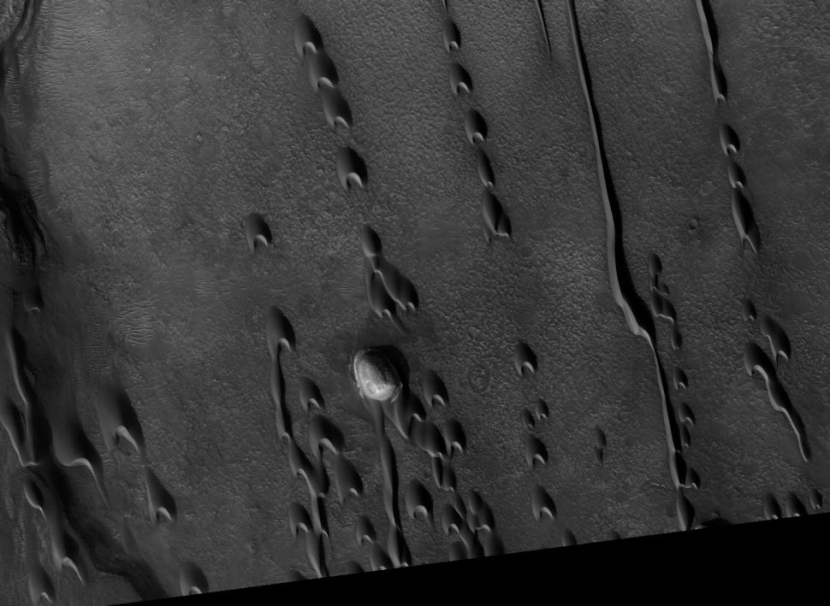
Mars is a planet formed mostly by wind as its water evaporates as its atmosphere thins. But we can see extensive evidence of past waters, such as the “sand dunes” areas found in the Noctis Labyrinthus and Hellas basins. Researchers say this area used to have sand dunes tens of meters high. Later, the sand was flooded by lava or water so that only the bottom remained.
Old sand dunes like these show how wind used to flow on ancient Mars, which in turn provides climatologists with some clues about the Red Planet’s ancient environment. Even more interestingly, there may be microbes lurking in this sheltered area of the dunes, to be safe from the radiation and winds that will sweep over them.
-“).attr({
type: ‘text/javascript’,
src: ‘https://platform.twitter.com/widgets.js’
}).prependTo(“head”);
if ($(“.instagram-media”).length > 0)
$(”
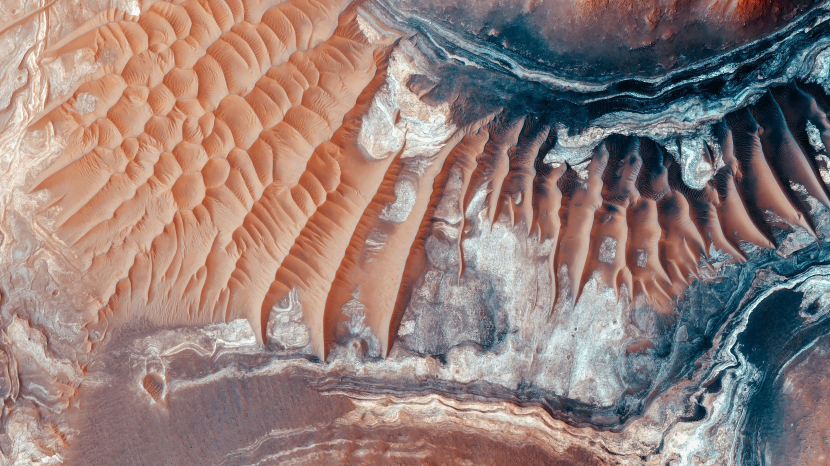

![[Intersaison] War Room – Los Angeles Rams : Matthew Stafford, le all-in de Los Angeles [Intersaison] War Room – Los Angeles Rams : Matthew Stafford, le all-in de Los Angeles](https://touchdownactu.com/wp-content/uploads/2020/10/aaron-donald-14102020-e1606417003676.jpg)